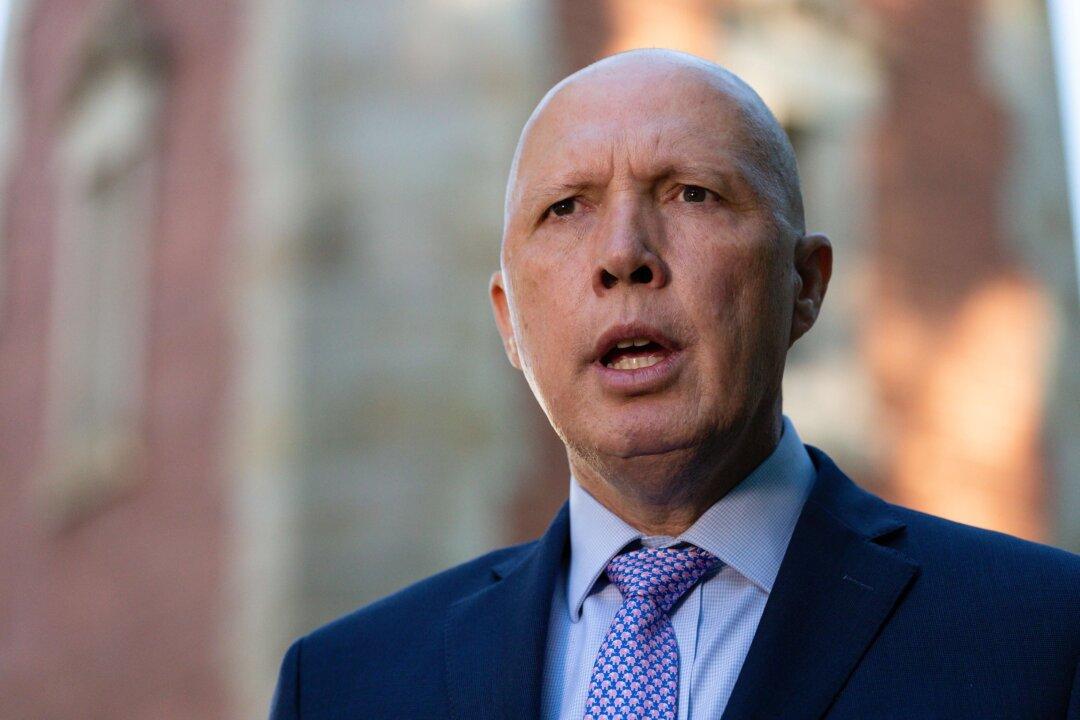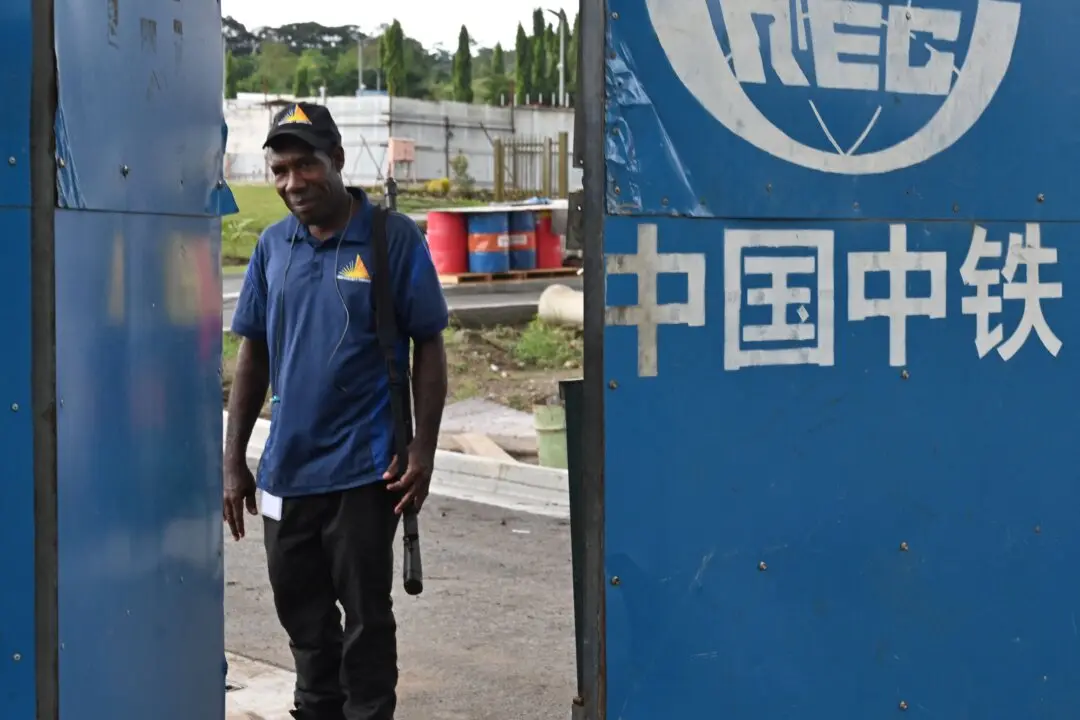Australian Defence Minister Peter Dutton has announced a $2 billion (US$1.44 billion) investment into developing cutting-edge unmanned submarine technology amid ongoing tensions in the South Pacific region. At the same time, the minister pledged another $2 billion to purchasing state-of-the-art missile technology to protect naval vessels against anti-ship weapons.
For the undersea drones, Australia’s Department of Defence will partner with Anduril Australia to design and manufacture three Extra Large Autonomous Undersea Vehicles (XL-AUV). The vessels are operated remotely, range between 10 to 30 metres in length, and can carry weapons over long distances.





